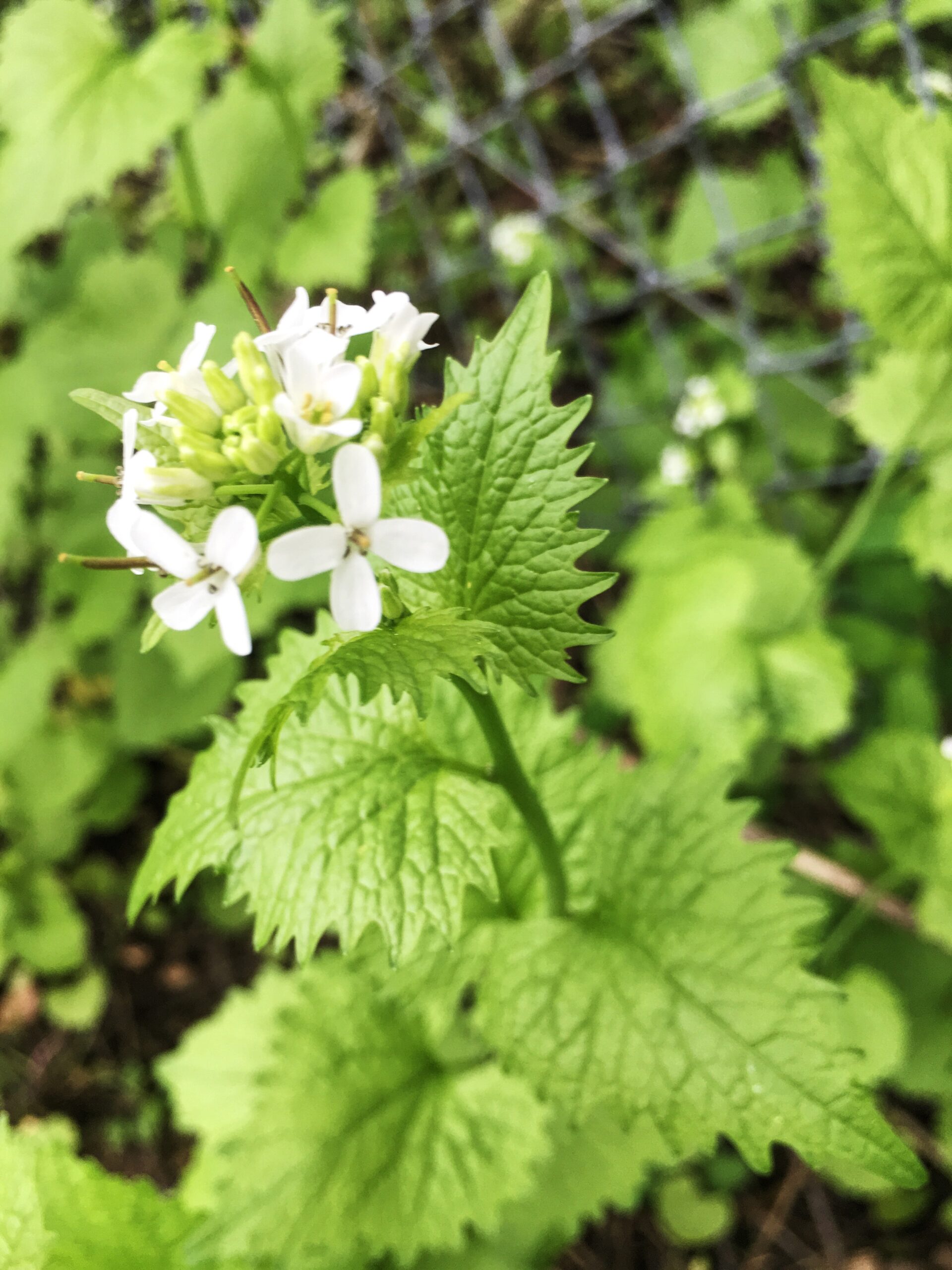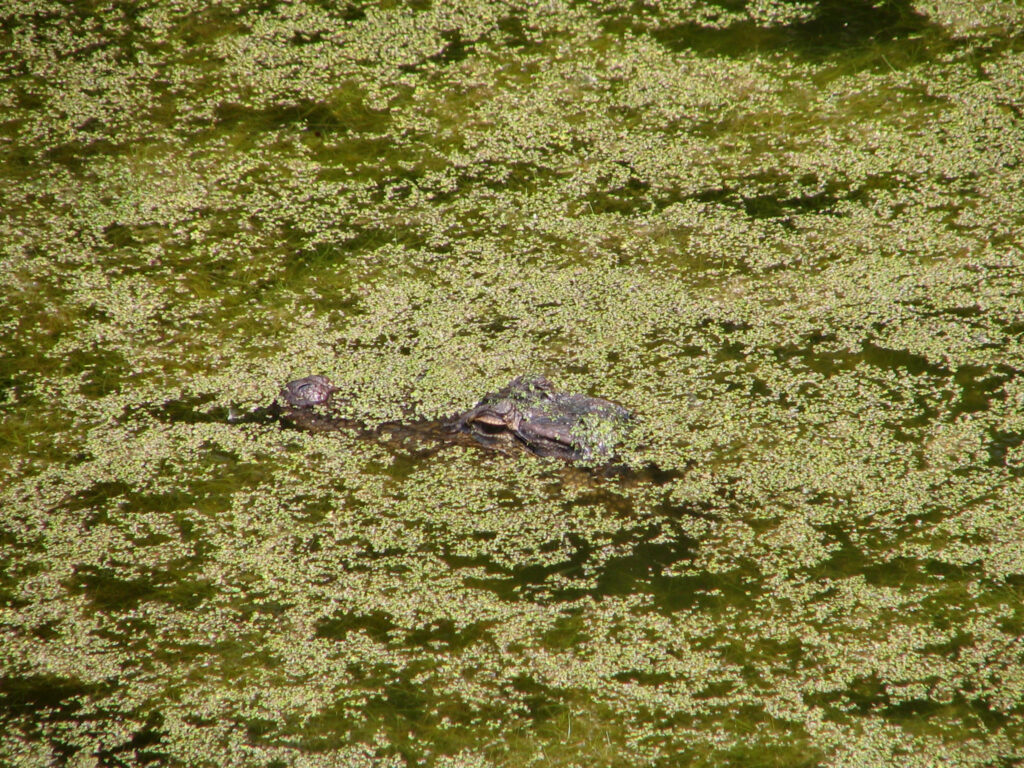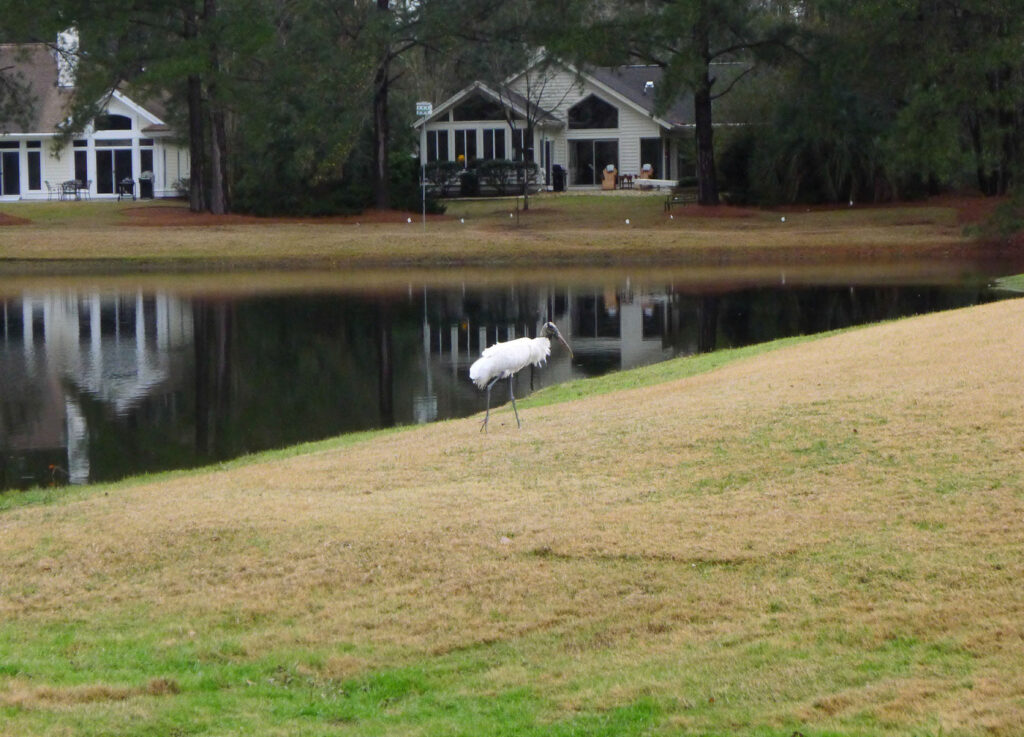Background: Many of you are probably finding an abundance of this aggressive invader in your gardens this time of year. Garlic mustard, or Alliaria petiolate is an herbaceous, biennial forb recognized by the garlic odor it releases when crushed. Originally from Europe, it was introduced in the U.S. in the 1800’s for medicinal and culinary purposes, and since then it has quickly spread practically anywhere and everywhere. It is difficult and cumbersome to eradicate due to the fact that it has no natural enemies, it is self-fertile, and it can withstand high shade and can therefore invade dense woodlands.
Threats: This species appears to alter habitat suitability and affect populations of native birds, mammals, and amphibians. It also threatens the structure of forest communities. Unfortunately, it is one of the few plants that white tail deer refuse to eat, and it is known to threaten butterfly species. Adult butterflies will lay eggs on garlic mustard, but most of the larvae die before completing development; the rare West Virginia Butterfly is especially at risk as a result of this problem.

Management: In order to get rid of this nuisance, you must prevent seed production and prevent establishment. Follow these helpful tips for eradication before it’s too late!
- The prime time to begin is in late fall or early spring prior to flower production. Native plants are dormant and management can continue until snowfall, so fall is preferable.
- Remove all Alliaria petiolate plants prior to seed production, considering a single plant can populate a site.
- For small population management: Cut off stems or flowerstalks at ground level when plants are in full bloom.
- For large population management: pursue chemical control or burning, though these methods are not guaranteed to eradicate the population.
- Consecutive fires should be considered, as burning only once may actually increase populations. Fires should be conducted in the spring during the germination period.
- For chemical control, Glyphosphate (Roundup, Rodeo, Accord) produces high control, but results in native herb loss and ground Bentazon (Basagran SG, Basagran T/O) produces equal control with lower impact on native species and ground cover.
- Monitor known established areas regularly.
Source: https://wiki.bugwood.org/Alliaria_petiolata#Management



